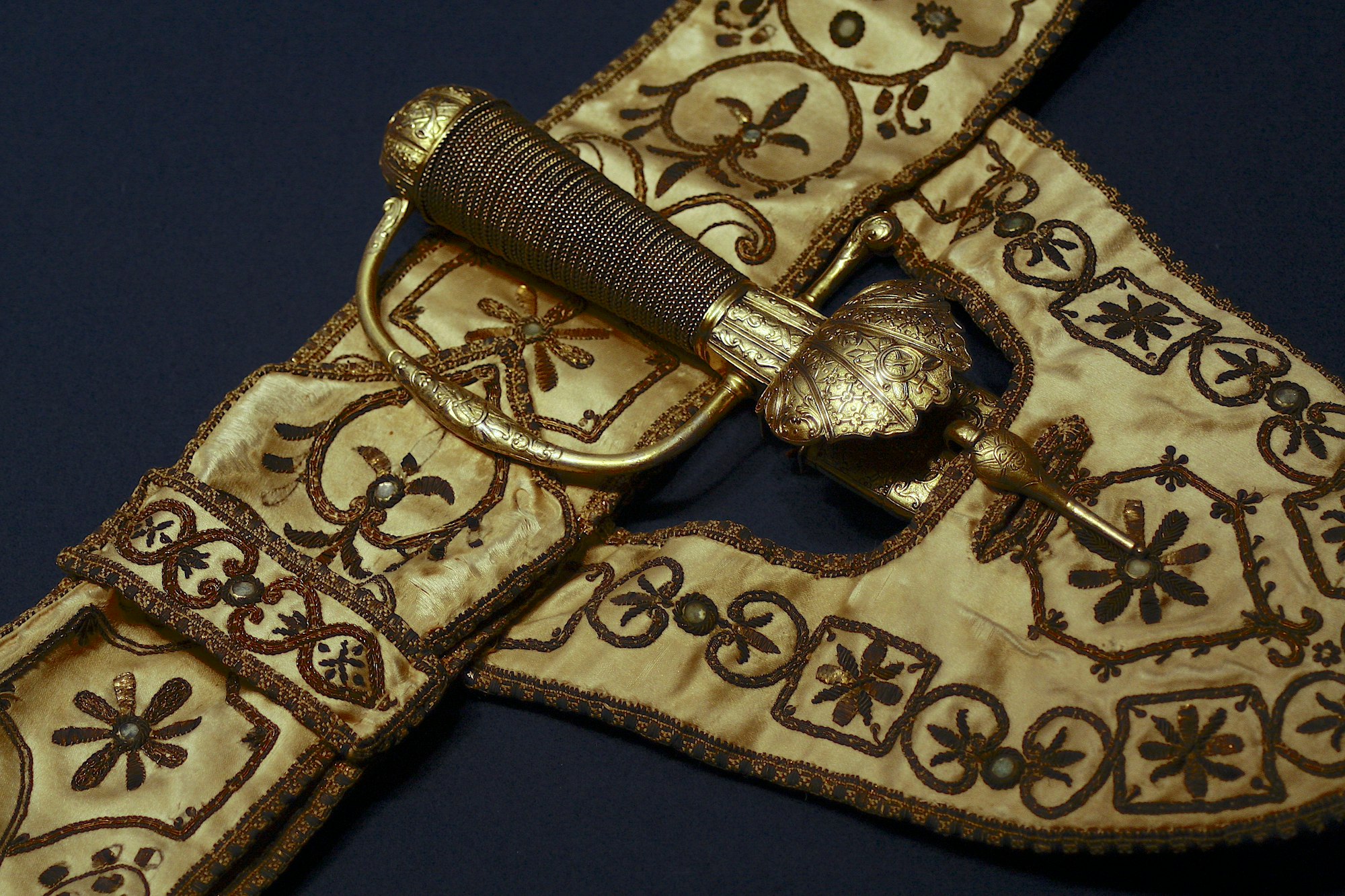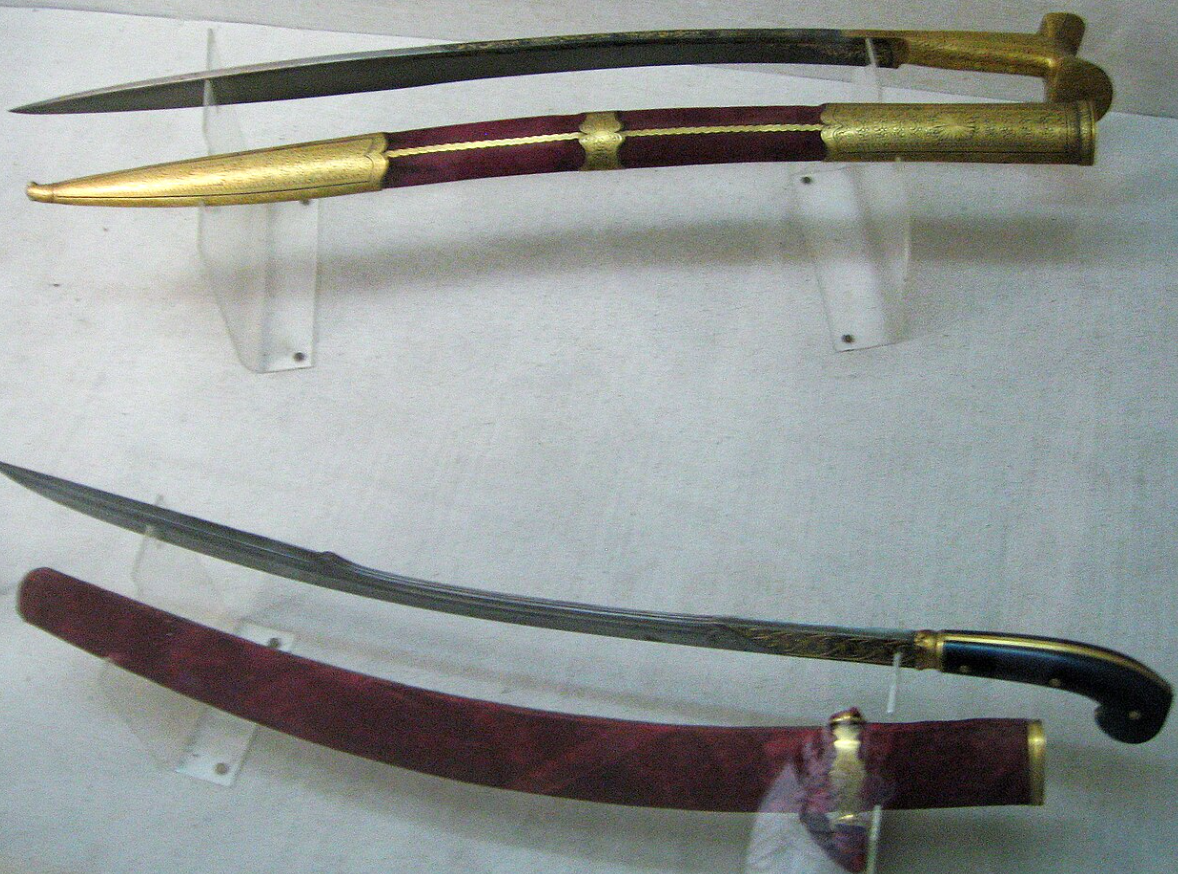Swords in Ottoman Empire, Types, Shapes, and History
The Ottoman Empire, an incredibly powerful and influential empire that spanned from the 14th century to the early 20th century, holds a prominent place in world history. Known for its formidable military prowess and remarkable cultural heritage, the empire left an indelible mark on the world.
One of the fascinating aspects of Ottoman history is the pivotal role that swords played, not only in warfare but also in the realm of art and culture. This comprehensive article explores the various types of Ottoman swords, their unique shapes, the rich historical background behind them, and their profound cultural significance. By delving into the intricacies of Ottoman swords, we gain a deeper appreciation for the empire's multifaceted legacy.
Introduction
The Ottoman Empire, spanning from Southeast Europe to parts of Asia and North Africa, developed a unique blend of military technology and artistic expression in its weaponry.
Swords were not just tools of war but symbols of power, status, and artistry.
Historical Evolution
Early Ottoman Period
In the early stages of the Ottoman Empire, their swords were primarily influenced by the designs of the Seljuk and Byzantine empires. These swords were typically straight and had double edges, allowing for versatile use in combat.
Classical Ottoman Period
As the empire expanded its territories, the Ottomans were exposed to various cultures and their sword making techniques. This led to the adoption of more curved sword designs during the 15th and 16th centuries.
Influences from Persian and Central Asian styles played a significant role in shaping the new sword designs. The curved blades offered improved slashing capabilities and were favored by Ottoman warriors during this period.
Types and Shapes of Swords
Kilij

Perhaps the most iconic Ottoman sword, the Kilij had a distinctive curved blade, known for its speed and cutting ability. It became a symbol of Ottoman power.
Yatagan

Popular in the 16th to 18th centuries, the Yatagan had a shorter, slightly curved blade and was used mainly by infantry. Its hilt often bore intricate designs and inscriptions.
Pala
Similar to the Kilij but with a broader blade, the Pala was used in the later periods of the Ottoman Empire.
Shamshir
Borrowed from the Persian shamshir, this sword had a more pronounced curve and was highly valued for its craftsmanship.
Manufacturing and Craftsmanship
Ottoman sword-making was an esteemed art, with master craftsmen (known as "ustad") working in workshops called "dokkans."
Damascus steel was often used, known for its strength and distinctive patterns.
Hilt materials varied from ivory, wood, and metal, often inlaid with precious stones and metals.
Decorative Aspects
Ottoman swords were not just weapons; they were works of art. Hilts and blades were often decorated with gold, silver, and calligraphy, often featuring verses from the Quran or poetry.
The decoration served not just for aesthetic purposes but also as symbols of rank and prestige.
Swords in Ottoman Culture and Society
Swords were integral to Ottoman ceremonies and court culture. They were symbols of authority and were often used in royal ceremonies.
The Janissaries, elite infantry units, were known for their distinctive use of swords, particularly the Yatagan.
Influence and Legacy
Ottoman swords influenced neighboring cultures in Europe and the Middle East.
Many Ottoman swords are now prized collectors' items and are displayed in museums worldwide, showcasing the empire's artistic and military legacy.
Conclusion
The swords of the Ottoman Empire are a testament to its historical might, cultural richness, and artistic sophistication. They were not merely weapons of war but symbols of the empire's power, status, and the high art of metalwork and design.
These swords remain a fascinating study subject for historians and collectors alike, offering insights into the technological, cultural, and artistic practices of one of history's most influential empires.

